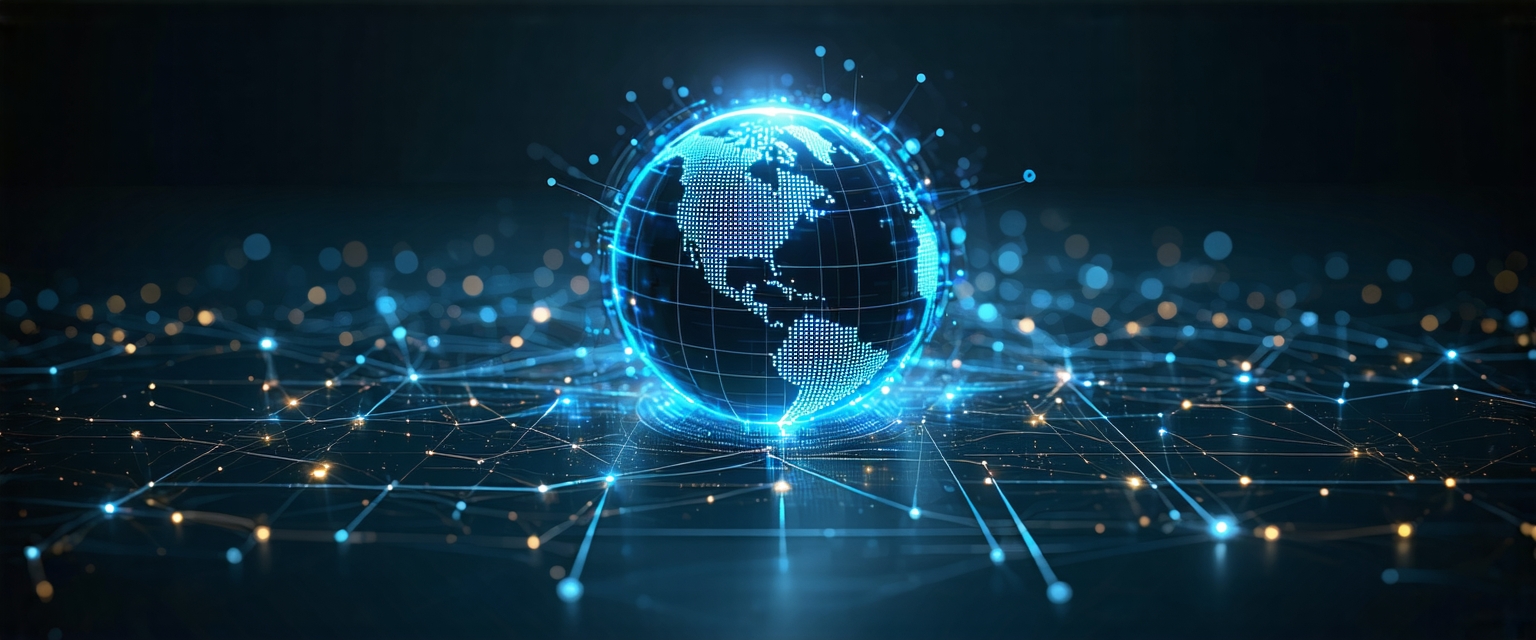






The digital revolution has fundamentally reshaped how we live, work, and interact. This interconnectedness, while offering unprecedented opportunities, has also created a fertile ground for cyber threats. The rise in sophisticated cyberattacks targeting individuals, businesses, and nations necessitates a deeper understanding of the evolving cybersecurity landscape.
The increasing reliance on digital infrastructure, coupled with the proliferation of internet-connected devices (IoT), has significantly expanded the attack surface for malicious actors. Early forms of cybercrime involved relatively simple hacking techniques. However, the landscape has evolved, with state-sponsored attacks, ransomware campaigns, and advanced persistent threats (APTs) becoming increasingly prevalent.
The development of sophisticated AI and machine learning techniques has further complicated the situation, enabling attackers to automate attacks and evade traditional security measures. This arms race between attackers and defenders is a defining characteristic of modern cybersecurity.
Recent years have witnessed a surge in high-profile ransomware attacks, crippling critical infrastructure and causing significant financial losses. The Log4j vulnerability in 2021, for instance, exposed millions of systems to potential compromise, highlighting the systemic risks inherent in interconnected software ecosystems. Furthermore, the geopolitical landscape is playing an increasingly prominent role in cyber warfare, with nations engaging in cyber espionage and disruptive attacks against each other.
New technologies such as blockchain and quantum computing are simultaneously presenting new opportunities and challenges. While blockchain can enhance security in certain applications, quantum computing poses a potential threat to existing cryptographic systems.
According to a recent report by Cybersecurity Ventures, global cybercrime costs are projected to reach $10.5 trillion annually by 2025. (Source: Cybersecurity Ventures). This underscores the significant financial implications of inadequate cybersecurity measures. Furthermore, experts like Bruce Schneier (renowned cryptographer and security expert) emphasize the need for a multi-layered approach to cybersecurity, combining technical solutions with strong security policies and employee training. (Source: various publications by Bruce Schneier).
The World Economic Forum consistently ranks cyberattacks among the top global risks, highlighting the widespread concern regarding the potential for large-scale disruptions and societal damage. (Source: World Economic Forum Global Risks Report).
The future of cybersecurity will likely be defined by the ongoing battle against increasingly sophisticated and adaptive threats. The rise of AI and machine learning will continue to shape both offensive and defensive capabilities. Risks include the potential for large-scale disruptions to critical infrastructure, data breaches with significant personal and financial consequences, and escalating cyber warfare. However, opportunities exist in the development of advanced threat detection systems, improved cybersecurity training and education, and the strengthening of international cooperation to combat cybercrime.
The next steps involve a concerted effort to improve cybersecurity awareness, invest in robust security infrastructure, and promote international collaboration to combat cyber threats effectively. This requires a holistic approach that addresses technological vulnerabilities, human factors, and the geopolitical landscape.
“`